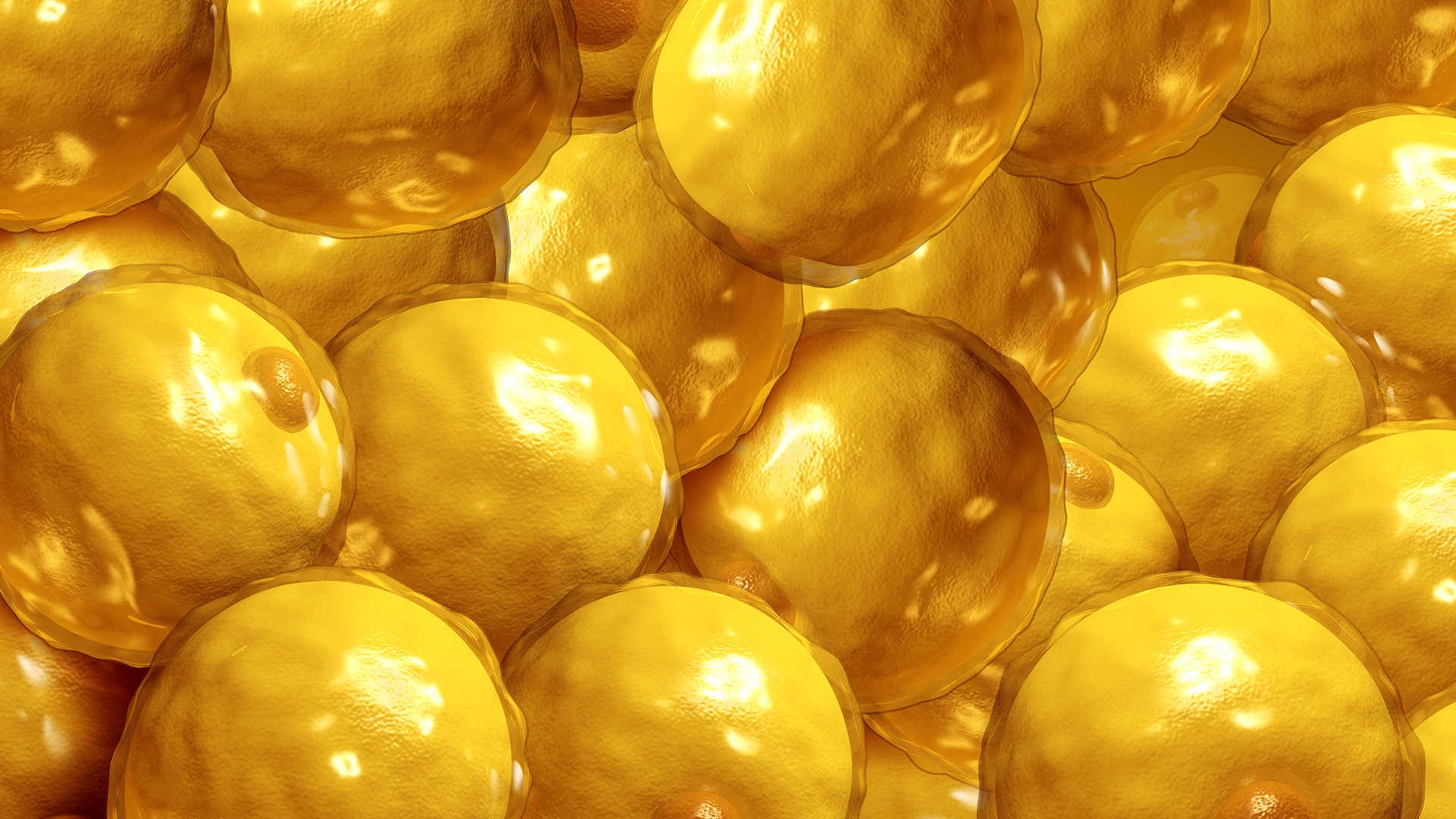Spatial mapping reveals that not all adipocytes are insulin sensitive
Researchers from SciLifeLab, KTH and Karolinska Institutet have discovered that there are three different subtypes of adipocytes in mature adipose tissue, and that only one of these, called AdipoPLIN, can respond to insulin. This information might be very important when developing new treatments for metabolic diseases, such as Type 2 diabetes.
“These findings increase our knowledge about the function of fat tissue. They show that the overall capacity of fat tissue to respond to insulin is determined by the proportion and function of a specific fat cell subtype. This could have implications for diseases such as obesity, insulin resistance and Type 2 diabetes”, says co-corresponding author Niklas Mejhert, in a press release from Karolinska Institutet.
In the study, published in the journal Cell Metabolism, the researchers found 18 different cell classes in white adipose tissue in humans. Three of these were classified as mature cells with distinct phenotypes. In order to find out if these cells are involved in insulin-induced metabolism, the researchers investigated how four people reacted to short-term insulin boosts. The results showed that only one subtype, AdipoPLIN, reacted to the insulin.
“Our findings challenge the current view of insulin resistance as a generally reduced response to insulin in the fat cells. Instead, our study suggests that insulin resistance, and possibly type 2 diabetes, could be due to changes in a specific subtype of fat cells. This shows that fat tissue is a much more complex tissue than previously thought. Like muscle tissue, people have several types of fat cells with different functions, which opens up for future interventions targeted at different fat cell types”, says co-corresponding author, Mikael Rydén.
The researchers used spatial transcriptomics, a technique mainly developed at SciLifeLab by researchers from KTH and Karolinska Institutet, to simultaneously analyze the spatial organization of the tissue as well as the gene expression.
”This study is unique in that it is the first time we’ve applied spatial transcriptomics to fat tissue, which has a special set of characteristics and composition. We are very happy that the technology continues to contribute to solving biologically complex questions in an increasing number of research areas”, says co-corresponding author, Patrik Ståhl (SciLifeLab/KTH), who is one of the researchers behind the method.





